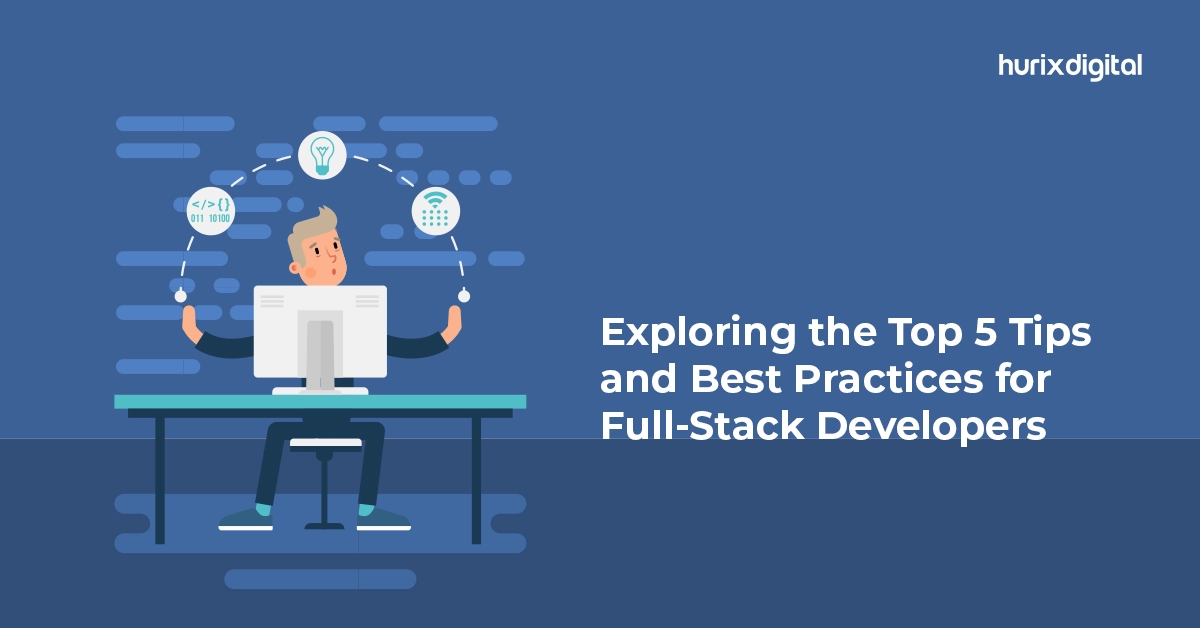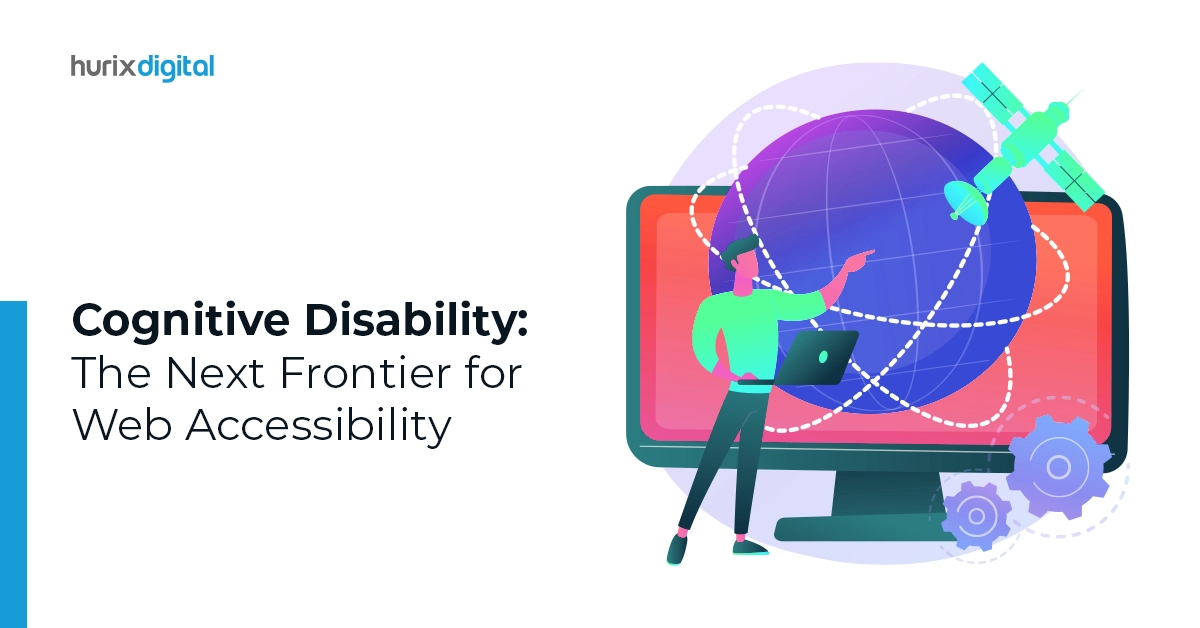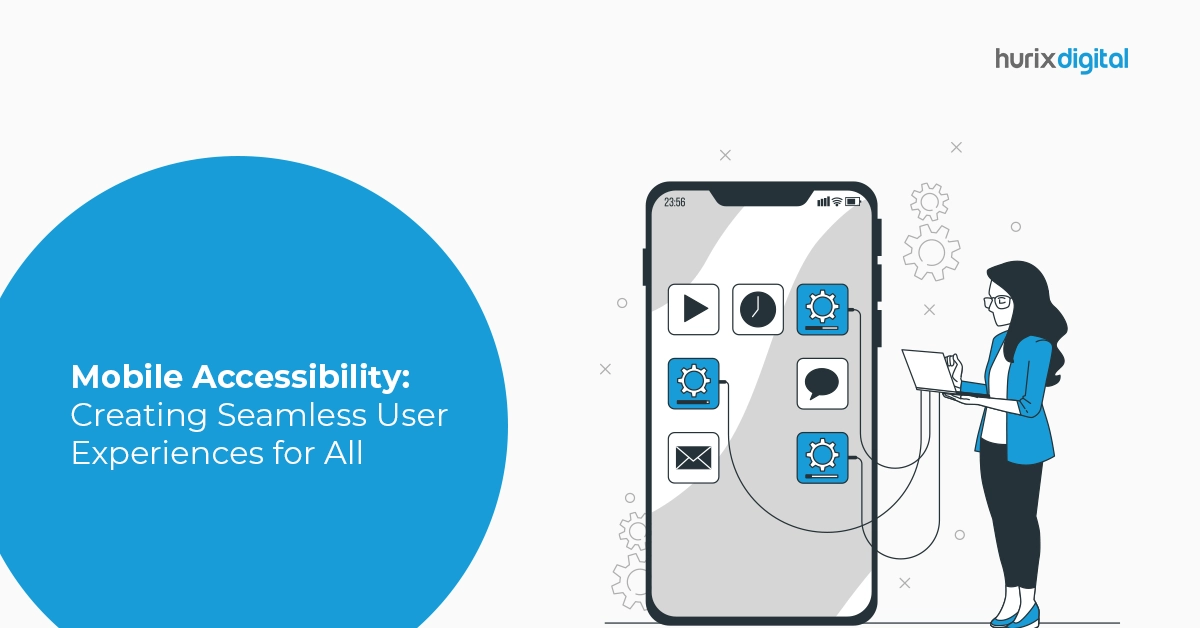
Exploring the Top 5 Tips and Best Practices for Full-Stack Developers
Summary
Discover essential tips and best practices for full-stack developers. This article offers guidance on key skills and approaches for effective full-stack development.
As technology continues to evolve, the demand for more cohesive and functional websites and applications is on the rise, propelling the growth of the full-stack development industry.
For full-stack developers, it is essential to have an in-depth understanding of both front-end and back-end technologies. By leveraging effective techniques and skills, you can create robust end-to-end solutions, thus delivering more seamless user experiences.
This blog explores five valuable tips and best practices for maximizing efficiency and quality as a full-stack web developer.
Table of Contents:
- Full-Stack Development: An Introduction
- Top 5 Tips and Best Practices to Maximize Efficiency as Full-Stack Developers
- Conclusion
Full-Stack Development: An Introduction
Full-stack development refers to a software development approach that makes use of multiple technologies and frameworks for developing a web application in its entirety, from start to finish. It encompasses front-end development, back-end development, server-side scripting, API development, and database management.
Full-stack developers must be proficient in working with various technologies that enable them to conceptualize, build, debug, and deploy functional and scalable websites or web applications cohesively.
Also Read: Essential Skills Every Full Stack Web Developer Should Master in 2024!
Top 5 Tips and Best Practices to Maximize Efficiency as Full-Stack Developers
As a provider of full-stack development services, you must master the art of developing an application’s front-end and back-end components and ensuring that they function effectively.
Here are some best practices that can help to maximize efficiency for full-stack development:
1. Opt for the Right Technology Stack
Selecting an appropriate technology stack is crucial for enhancing the efficiency of any full-stack development project. Your choice of the technology stack can impact all aspects of your project, right from the front-end frameworks to the back-end databases.
Simply put, it can serve as the key to the successful development and implementation of a web application. Typically, a technology stack comprises the set of technologies that you use for your development project. This includes frameworks, programming languages, databases, APIs, back-end and front-end tools, etc.
Keep in mind the following factors when choosing the technology stack to ensure optimized results:
- Analyze the project requirements. Keep in mind the complexity, scalability, team expertise, and target audience. Considering all these factors, identify the tools and technologies that can best serve your purpose.
- Go for development technologies that are versatile and can integrate seamlessly with each other to ensure smooth functionality and efficient development.
- Look for tools that can streamline your development process through automation and simplification.
2. Follow a Consistent Coding Style
As a full-stack developer, you will require a diverse set of skills to maximize your efficiency. One such skill set is to use a consistent coding style.
Also known as programming style, coding style refers to the rules and conventions that developers follow when writing code for any project. It includes indentation, naming conventions, spacing, formatting, comments, and more.
Follow consistent coding standards to come up with clean and maintainable code. The purpose of maintaining consistency is to ensure that your code is easier to read, understand, collaborate on, and debug. It helps to minimize confusion and ensures compatibility between various modules of code.
Overall, by using a consistent coding style, you can stay organized while developing your code and reduce cognitive overhead if the code needs modification over time.
3. Focus on Delivering an Enhanced User Experience
The success of your full-stack project depends a lot on the user experience it provides. As per a market survey, even a slow loading causes more than 88.5% of website visitors to give up on the site and retract. This makes it extremely important for you to keep your users in mind when designing and developing the application or website.
Concentrate on offering your users an intuitive and user-friendly interface. Test your software with actual users and gather their feedback as a means to enhance its efficiency and the user experience it provides.
User experience includes every aspect of the user’s interaction with your software. This involves the design, ease of accessibility, usability, and general satisfaction with using the application.
Apart from these, you should also focus on adopting a mobile-first strategy. Start designing and developing your software considering mobile devices before scaling to larger screens. Make sure that your front end is mobile-friendly and responsive.
Conduct tests for your software using different screen sizes and various devices. This will help you to ensure a consistent user experience across all kinds of devices. Further, it will also increase the accessibility of your software.
4. Test Your Code Thoroughly
In full-stack development, it’s essential to maintain the smooth functionality of your application or website to ensure its dependability. Testing plays a crucial part in maximizing the quality of your software in terms of functionality.
Thorough testing of your software enables you to identify bugs, errors, or any kind of performance snags and fix them effectively. This is essential to prevent malfunctions and vulnerabilities from impacting the performance, user experience, and security of your project.
Go for different testing approaches to eliminate bugs and errors at various layers of your website or application. Such approaches can include unit testing, functional testing, integration testing, and end-to-end testing.
Prioritize testing in the development process by writing tests first and then code. This approach ensures that your code is testable. For effective testing and debugging, you can also consider using testing frameworks and tools that can help automate the whole testing process and simplify your work.
5. Monitor Your Application
Ensuring optimal performance of your software is of utmost importance when following the full-stack development approach. It is one of those crucial aspects that can impact the success or failure of your software. This is what makes performance monitoring and optimization a necessity during all stages of the development process.
Monitor your application throughout the development process to gain insight into its functioning. By tracking different parameters, you can identify performance issues and take steps for their effective resolution or elimination.
Use analytics and monitoring to gather data about user behavior and leverage them to maximize efficiency and improve overall user experience.
Also Read: The Ultimate Guide to WCAG Compliance for the Website Developers
Conclusion
Full-stack developers need to update their skills constantly to ensure the successful development of web applications.
By following the tips and best practices mentioned above, you can improve your skills and enhance the efficiency and quality of your full-stack development projects. With continuous practice, you can master the art of building cutting-edge web applications.
Are you looking for a platform that can handle your full-stack web and mobile application development services efficiently? You can team up with Hurix Digital for effective results. Hurix Digital remains at the forefront of delivering innovative web and mobile application full-stack solutions.
Want to know more? Contact us today!

Currently serving as the Vice President of Technology Delivery Operations at HurixDigital, a prominent global provider of digital content and technology solutions for publishers, corporations, and educational institutions. With over 16 years of experience spanning EdTech and various domains, I hold certification as a SCRUM Product Owner (CSPO). My expertise includes operations, finance, and adept people management skills.








